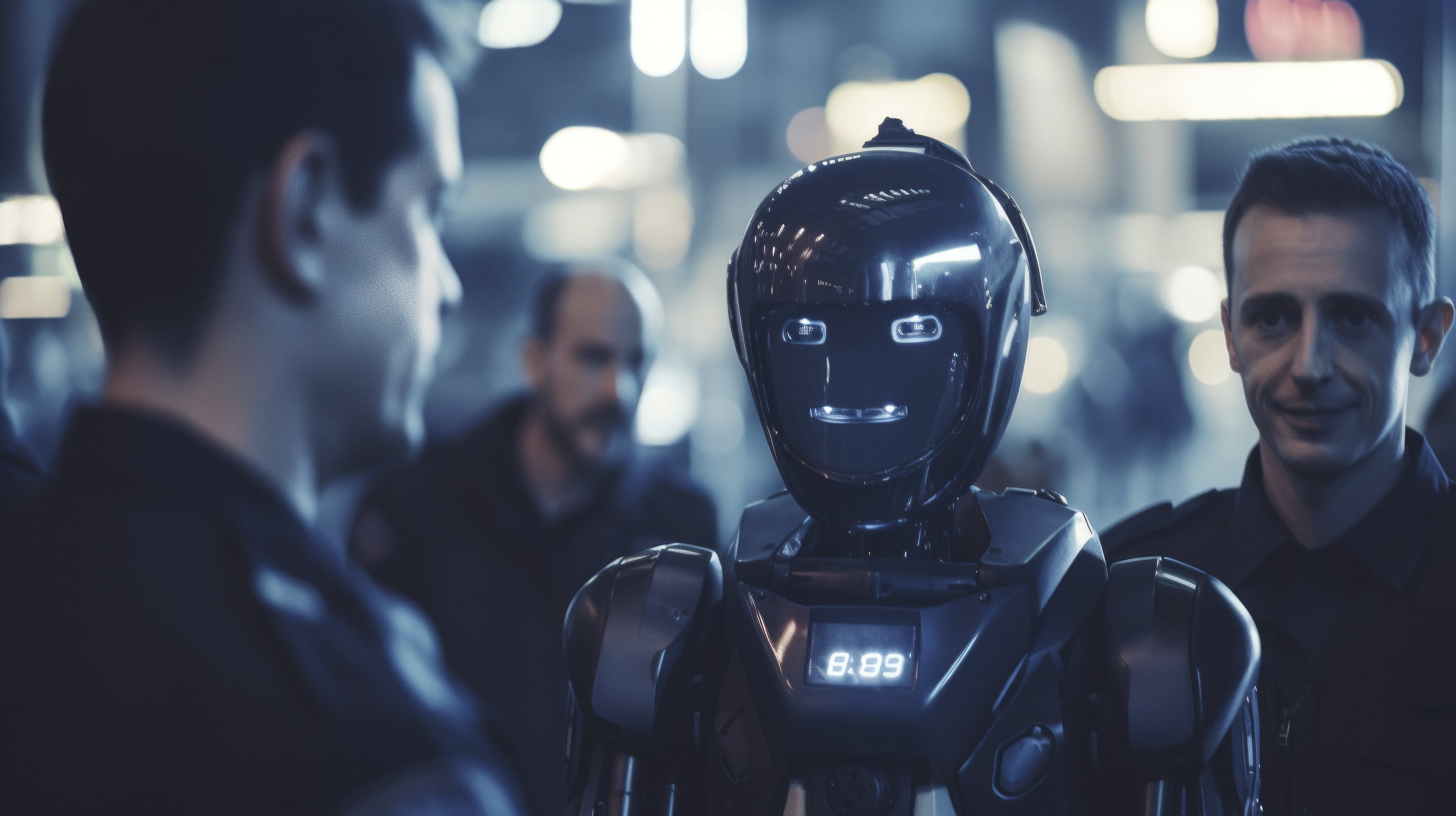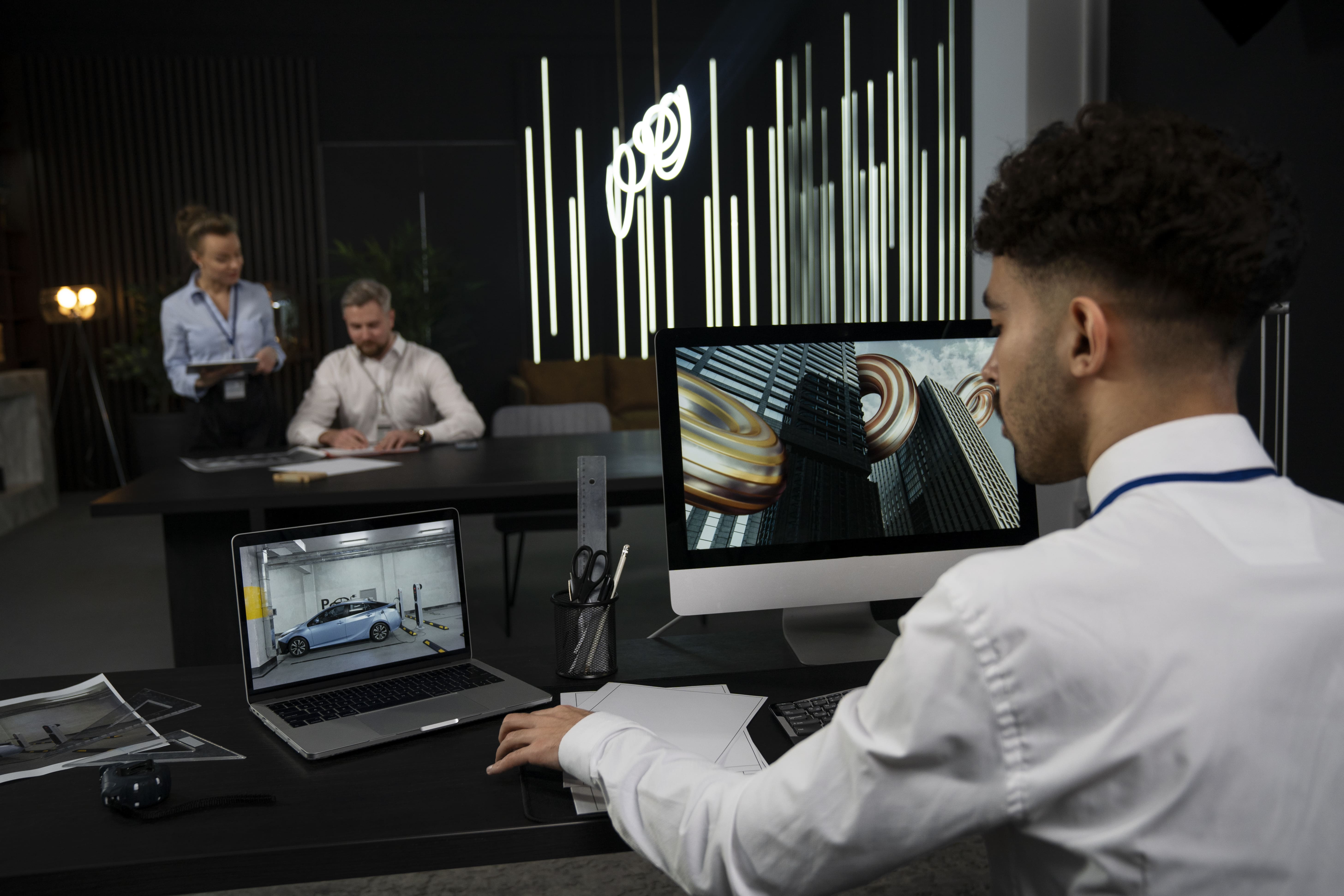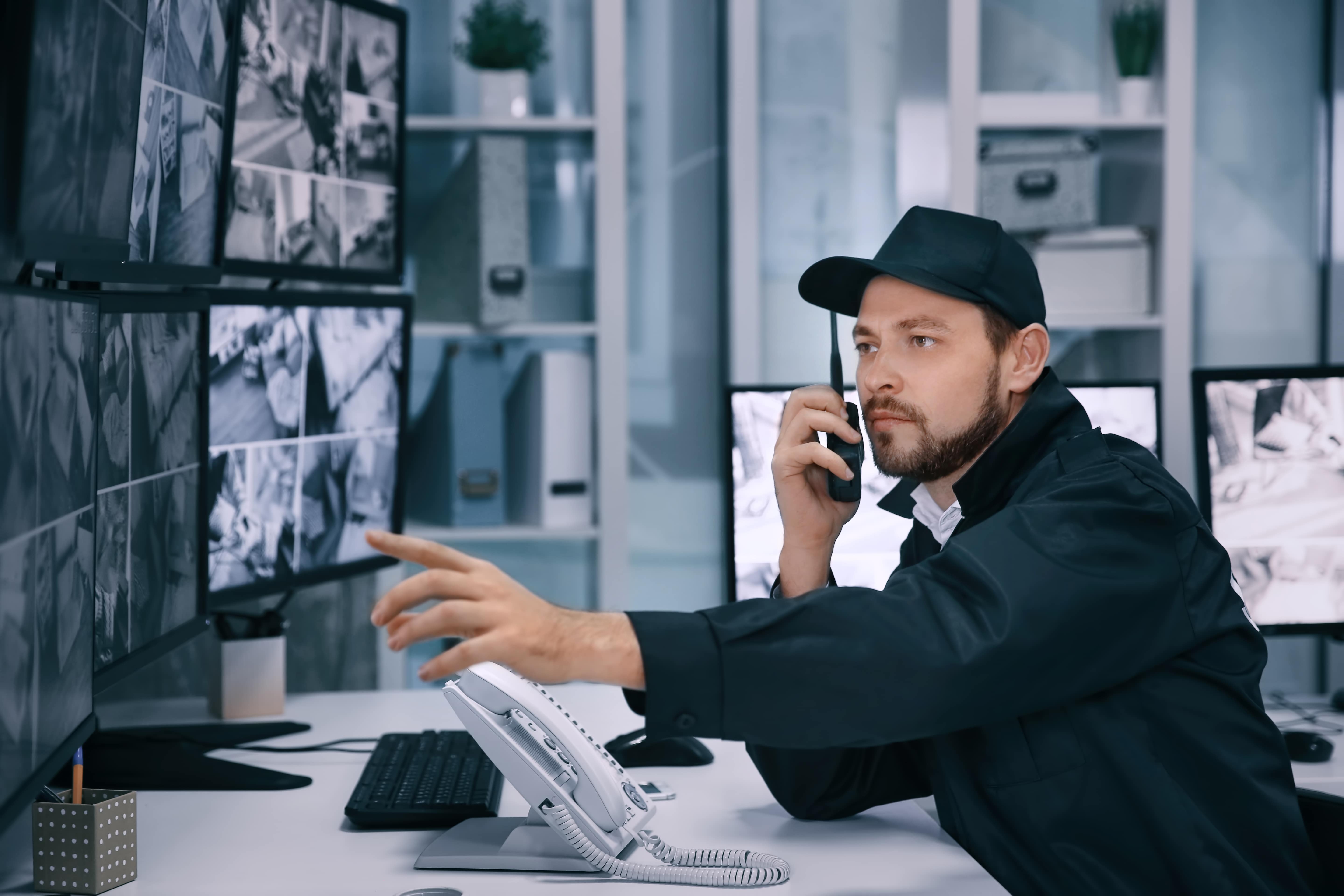
If individuals compare AI vs Human Guards, then they are usually considering robots and cameras on one side, and uniformed officers on the other. No one questions which of the two is superior; it's whoever reduces danger, responds faster, and addresses the requirements of your home.
Human judgment and presence
Human officers can provide situational sensibility, empathy, and the capacity to make quick-hit choices. The officers are trained to stop conflicts, question witnesses, and provide a sense of safety. It is important to be present: uniformed officers are often able to prevent problems before the time technology can detect them. For complex or sensitive situations, a Professional Security Guard Services mindset: training, vetting, and clear protocols, remains essential.
What AI adds to security
AI security patrol systems offer real-time monitoring, pattern detection, and rapid alerting across hundreds of cameras and sensors. Private security automation can review hours of video for anomalies, highlighting potential threats for examination. AI expediates surveillance and lessens human exhaustion by addressing redundant tasks, but requires clear rules and human monitoring to prevent false alarms and bias.
Hybrid solutions: combining strengths
Hybrid security technology blends automated detection with human response. Mart surveillance guards and remote AI tools together help teams verify incidents faster and allocate patrols where they matter most. Hybrid systems can improve coverage without replacing human judgment. In regions like California, organizations also evaluate Hybrid Security Solutions California that integrate local response protocols and compliance needs.
How to implement a blended program
Begin with a gap analysis: chart blind spots, alarm history, and traffic areas. Prioritize simple alert workflows so AI alarms are channeled to trained personnel for confirmation. Plan mixed patrols that allow technology to cover continuously while humans conduct sporadic checks. Regular audits and periodic refresher training strengthen the system, and documented SOPs are in place to inform everyone of their task.
Practical considerations and limits
AI tools are effective but need maintenance, data governance, and moral oversight. Algorithms misread context; cameras are blind in spots; and connectivity malfunctions occur. Human guards are not perfect either: fatigue, knowledge deficiency, and cost. At high-risk sites, an Armed Security Guard might be necessary, but that job needs to be deployed intelligently with proper licensing and regulation.
Final Verdict
The AI vs Human Guards debate should not be positioned as winners and losers. The strongest security stance employs both: AI for speed and scale, humans for presence and judgment. Begin by evaluating your risk, defining policies for data and management, and investing in training so that technology enhances, rather than eliminates, human ability and collaboration. More at American Frontline Guards!
FAQs
Can AI completely replace human security guards?
Yes, AI excels in pattern recognition and monitoring. However, human beings provide judgment as well as authority and actions that machines can't replace.
What are the benefits of combining AI and human guards?
The main benefits are greater coverage, quicker detection, fewer false alarms, and a better decision-making process of human teams aided by accurate alarms.
How do AI-powered patrol systems enhance safety?
They assess sensor and video data in real-time. They rank abnormalities and give location-based alerts, which allow humans to act rapidly.
Are AI security tools reliable for large properties?
Yes, when implemented with redundancy, regular maintenance, and human verification, they scale well but must be part of a layered plan.




